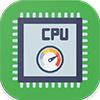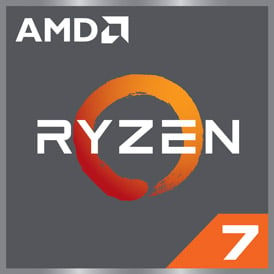 Estimated results for PassMark CPU Mark
Estimated results for PassMark CPU Mark
|
|
AMD EPYC 7313P
16C 32T @ 3.0 GHz
|
42067
|
|
|
AMD Ryzen 7 1800X
8C 16T @ 3.6 GHz
|
16325
|
 Geekbench 5, 64bit (Multi-Core)
Geekbench 5, 64bit (Multi-Core)
|
|
AMD EPYC 7313P
16C 32T @ 3.0 GHz
|
20812
|
|
|
AMD Ryzen 7 1800X
8C 16T @ 3.6 GHz
|
6344
|
 Geekbench 6 (Multi-Core)
Geekbench 6 (Multi-Core)
|
|
AMD EPYC 7313P
16C 32T @ 3.0 GHz
|
14863
|
|
|
AMD Ryzen 7 1800X
8C 16T @ 3.6 GHz
|
5932
|
 Geekbench 6 (Single-Core)
Geekbench 6 (Single-Core)
|
|
AMD EPYC 7313P
16C 32T @ 3.0 GHz
|
1722
|
|
|
AMD Ryzen 7 1800X
8C 16T @ 3.6 GHz
|
1167
|
 Geekbench 5, 64bit (Single-Core)
Geekbench 5, 64bit (Single-Core)
|
|
AMD EPYC 7313P
16C 32T @ 3.0 GHz
|
1382
|
|
|
AMD Ryzen 7 1800X
8C 16T @ 3.6 GHz
|
932
|

